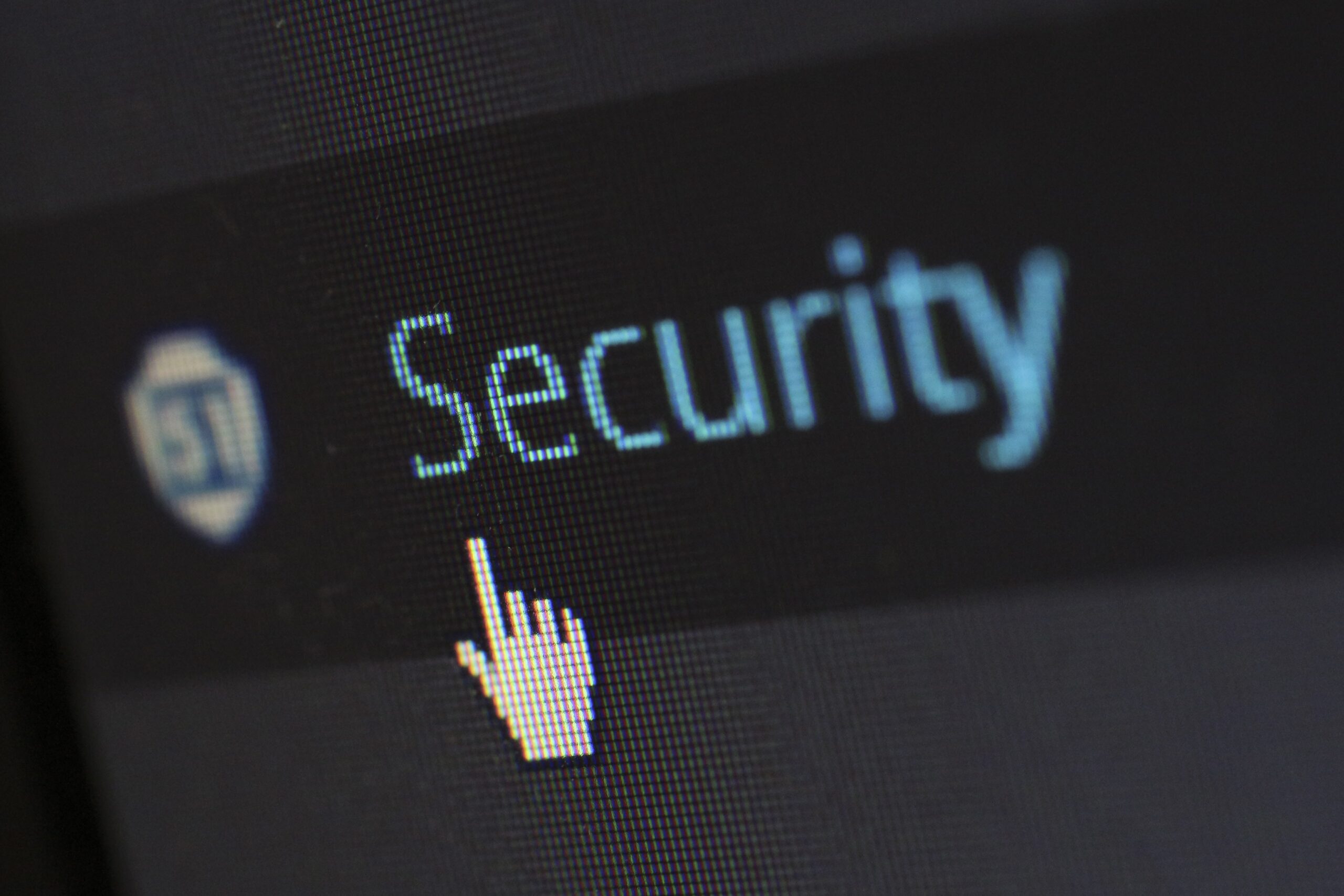Updated: 8/27/2022
Implementing Multi-factor Authentication (MFA)

With the number of cyberattacks on the rise, learning how to secure your account(s) is crucial in order to avoid being hacked, having your identity stolen, etc. This article discusses how to implement Multi-Factor Authentication (MFA) which can also be known as 2-Factor Authentication (2FA), 2-step Authentication, Dual-Factor Authentication (DFA), and so forth.
What is Multi-Factor Authentication (MFA) or also commonly know as 2-Factor Authentication (2FA)?
According to TechTarget, it is defined as the following:
Multifactor Authentication (MFA) is a security technology that requires multiple methods of authentication from independent categories of credentials to verify a user’s identity for a login or other transaction. Multifactor authentication combines two or more independent credentials: what the user knows, such as a password; what the user has, such as a security token; and what the user is, by using biometric verification methods (Shacklett and Contributor).
In other words, you typically enter your password as usual to login and have another method to authenticate in order to verify its you in case someone compromises your password. There are two or more independent credentials to verify it’s you: your password and another method to authenticate in addition to your password. If a phone is used via a text message with a code or an app that generates a one-time password (OTP), the hacker will not only have to get your password but would also have to get ahold of your cell-phone.
Note: albeit, there are ways to bypass multi-factor authentication, it is a nice additional security measure to protect your account.

How to implement Multi-Factor Authentication (MFA) or 2-Factor Authentication (2FA)?
Each account will be slightly different but under the settings or security settings, there is usually the option to turn on Multi-Factor Authentication (MFA) or 2-Factor Authentication (2FA). You can usually choose how you would like to implement it. For example, you can use a phone number, email address, or download an app that will likely use a one-time password (OTP). The process should be fairly intuitive and you can typically do a simple Google search to see how to set it up for the particular account.
Works Cited
Shacklett, Mary E., and TechTarget Contributor. “What Is Multifactor Authentication (MFA) and How Does It Work?” SearchSecurity, TechTarget, 3 Nov. 2021, https://www.techtarget.com/searchsecurity/definition/multifactor-authentication-MFA.
